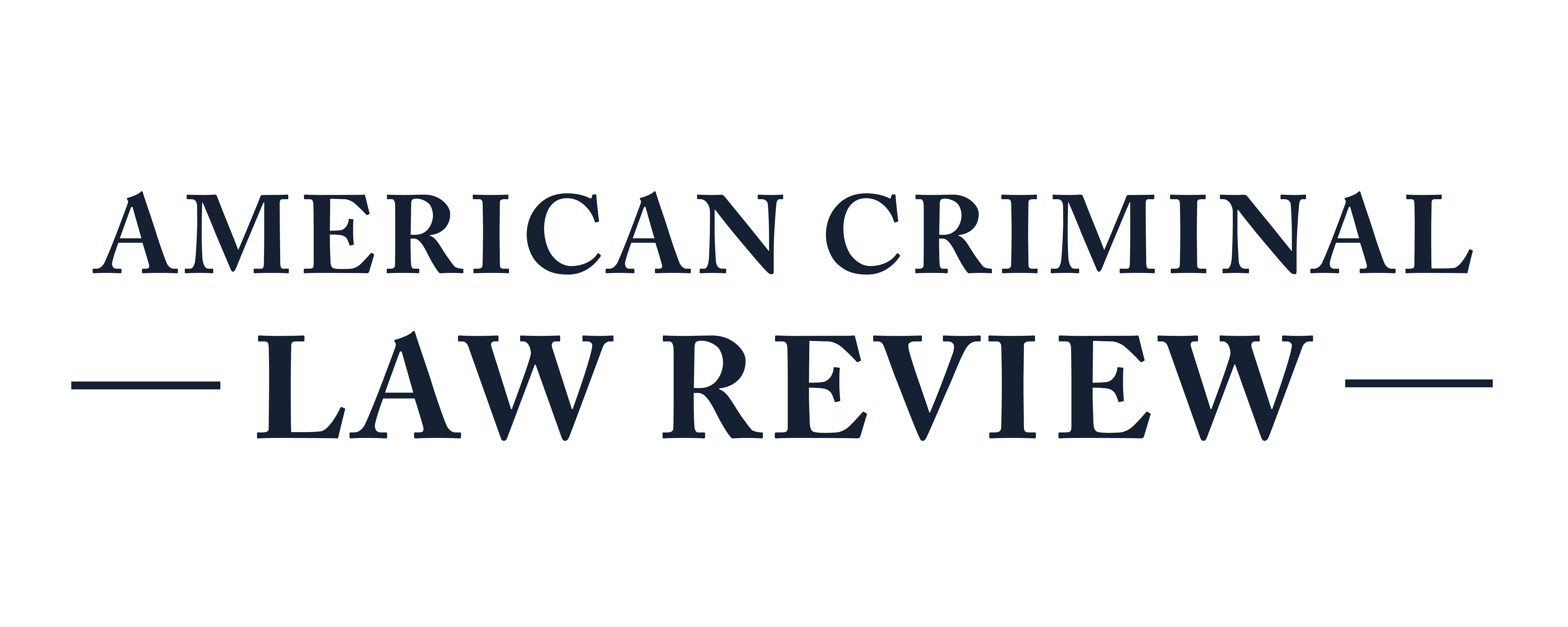After the Opioid Epidemic: A Proposed Return to a Model Penal Code Defense in Federal Cases Involving Addiction
In the early 1980s, defendant Robert Lyons told a story to the Fifth Circuit Court of Appeals that would resonate with far too many twenty-first century Americans—the story of opioid addiction. Lyons, the former sheriff of Washington Parish, Louisiana, became addicted to opioid medications prescribed by doctors after a series of hospitalizations. He was aided in his pursuit of more opioid drugs by one unscrupulous doctor in particular. Lyons proffered evidence of his addiction in an attempt to muster an insanity defense, but the district court excluded it. In 1981, he waived his right to a jury trial and was convicted on twelve counts of intentionally securing controlled narcotics.
A Fifth Circuit panel reluctantly reversed in United States v. Lyons, holding that Lyons was entitled to submit his defense to a jury in light of the Model Penal Code-inspired insanity standard previously adopted by the Fifth Circuit. Lyons’s victory on appeal did not last long, however; the following year, the Fifth Circuit reheard the case en banc and abandoned the Model Penal Code insanity standard, declaring that “evidence of mere narcotics addiction . . . raises no issue of such a mental defect or disease as can serve as a basis for the insanity defense.” Just six months after the en banc ruling, Congress imposed the Fifth Circuit’s rejection of the Model Penal Code standard on all of the federal courts by passing the Insanity Defense Reform Act of 1984.
It is easy to imagine a modern audience looking more favorably upon a defendant like Lyons. The opioid epidemic, fueled in part by doctors’ overprescribing of opioids, has ravaged the United States, resulting in nearly 450,000 overdose deaths between 1999 and 2019. It has led to criminal and civil liability for American companies like Purdue Pharma, which pleaded guilty in 2020 to charges that it misled the federal government about OxyContin sales and agreed to pay $8.3 billion in a settlement with the U.S. Department of Justice. The opioid epidemic has also coincided with, and perhaps helped cause, an apparent shift in Americans’ attitudes about addiction: in the 1980s, addicts were often characterized as moral failures, but evidence suggests that they are more likely today (than they were thirty years ago, at least) to be viewed as suffering from a disease.
This Comment argues that a return to the Model Penal Code’s insanity standard in federal cases would treat involuntarily addicted defendants in a way that better comports with modern conceptions of addiction and the normative aims of criminal law. Part I traces the evolution of and justifications for the insanity defense in common law countries. Part II analyzes the Lyons case, illustrating how competing insanity standards are implicated in addiction cases. Part III situates the tension between the different insanity standards within the context of the opioid epidemic and argues for a return to the Model Penal Code standard in cases where the defendant became addicted involuntarily. Part III also argues that Congress should consider clarifying that addiction is a mental disease sufficient to mount an insanity defense.
Before proceeding, however, a brief note about terminology is warranted. Whether the word “insanity” is actually an appropriate term to use as a label for defendants who struggle with addiction is outside the scope of this Comment. The Model Penal Code’s “insanity” standard does not even use that term; it is instead titled “Mental Disease or Defect Excluding Responsibility” and, at the time it was published, reflected the desire of the Code’s authors to expand the traditional insanity rule and allow more defendants to raise the defense. This Comment will nevertheless use the term “insanity” to reduce confusion and to acknowledge the reality that the Model Penal Code standard was understood when it was published as a defense that would replace and encompass the traditional insanity defense.
Subscribe to ACLR
